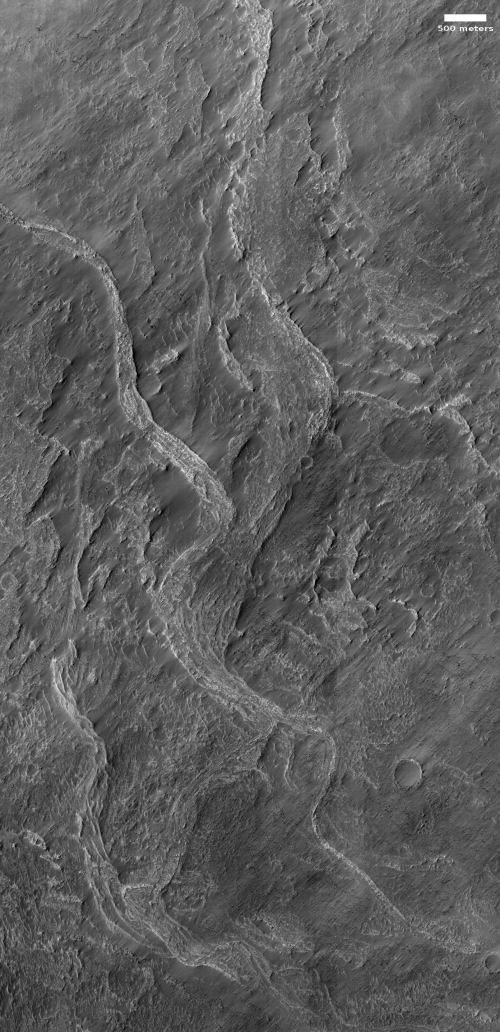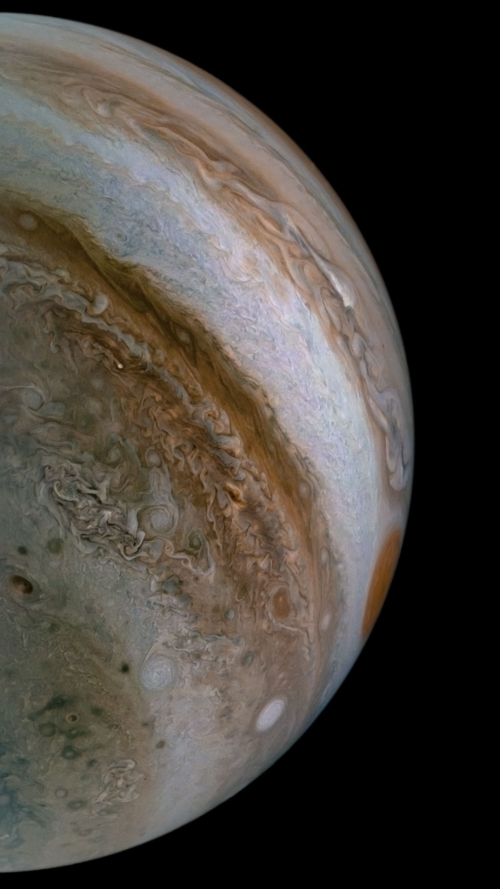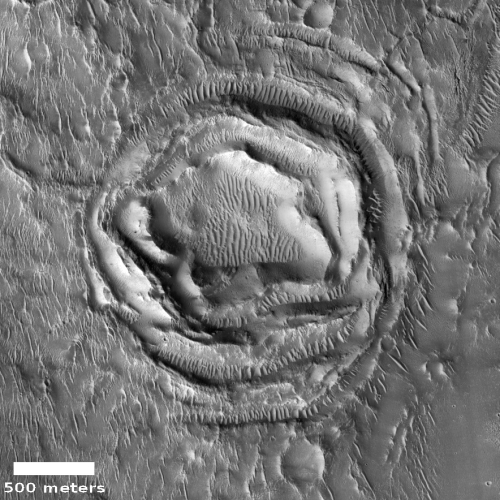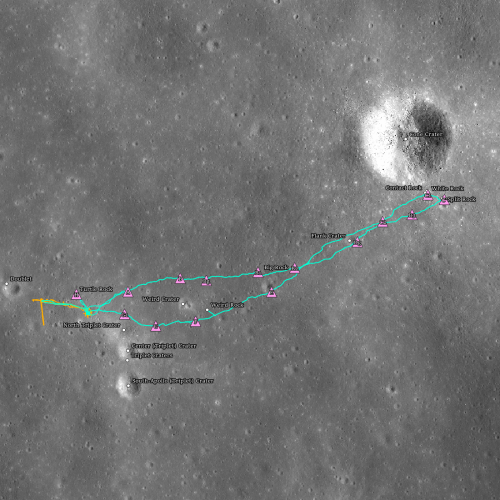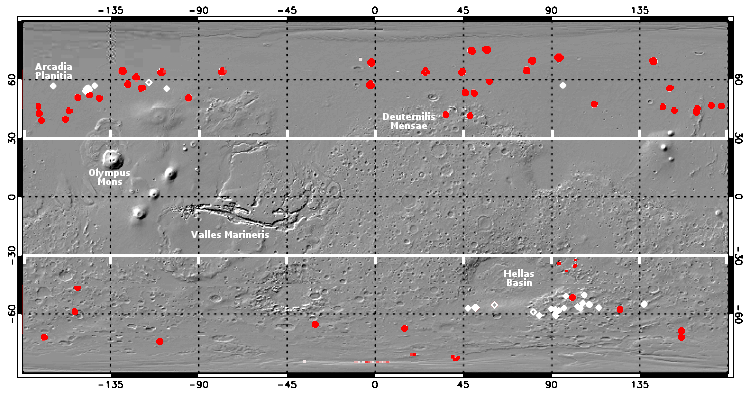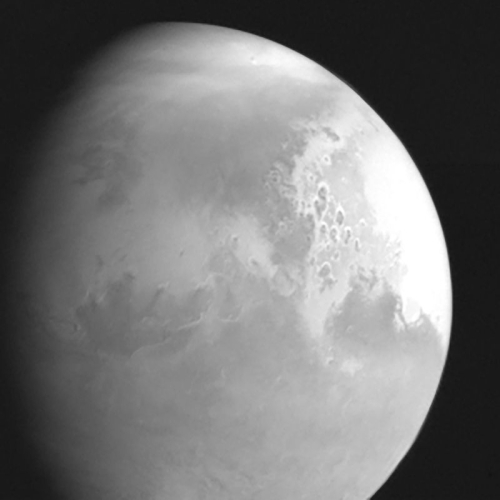Europa Clipper to fly on commercial rocket, not SLS
NASA managers have now decided unequivocally to not use SLS to launch Europa Clipper, and will instead choose a commercial rocket in about a year.
During a Feb. 10 presentation at a meeting of NASA’s Outer Planets Assessment Group (OPAG), leaders of the Europa Clipper project said the agency recently decided to consider only commercial launch vehicles for the mission, and no longer support a launch of the spacecraft on the SLS.
“We now have clarity on the launch vehicle path and launch date,” Robert Pappalardo, project scientist for Europa Clipper at the Jet Propulsion Laboratory, said. That clarity came in the form of a Jan. 25 memo from NASA’s Planetary Missions Program Office to “immediately cease efforts to maintain SLS compatibility” and move forward with a commercial launch vehicle, or CLV, he said.
Though this decision was expected following the approval of the most recent congressional budget for NASA, which contained language allowing NASA to abandon SLS if it thought it wise, this decision continues the string of recent stories that all point toward the eventually abandonment of SLS itself.
At the moment the rocket most likely to win the contract is the Falcon Heavy.
NASA managers have now decided unequivocally to not use SLS to launch Europa Clipper, and will instead choose a commercial rocket in about a year.
During a Feb. 10 presentation at a meeting of NASA’s Outer Planets Assessment Group (OPAG), leaders of the Europa Clipper project said the agency recently decided to consider only commercial launch vehicles for the mission, and no longer support a launch of the spacecraft on the SLS.
“We now have clarity on the launch vehicle path and launch date,” Robert Pappalardo, project scientist for Europa Clipper at the Jet Propulsion Laboratory, said. That clarity came in the form of a Jan. 25 memo from NASA’s Planetary Missions Program Office to “immediately cease efforts to maintain SLS compatibility” and move forward with a commercial launch vehicle, or CLV, he said.
Though this decision was expected following the approval of the most recent congressional budget for NASA, which contained language allowing NASA to abandon SLS if it thought it wise, this decision continues the string of recent stories that all point toward the eventually abandonment of SLS itself.
At the moment the rocket most likely to win the contract is the Falcon Heavy.


